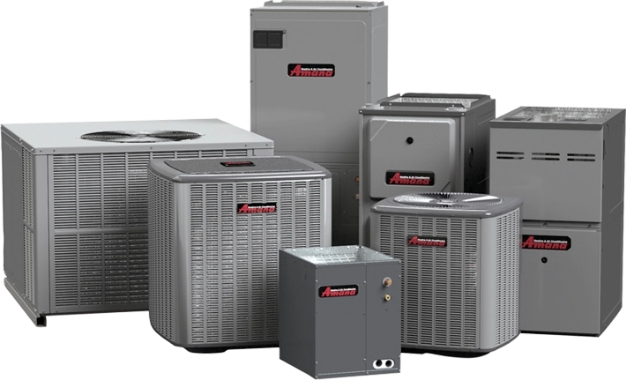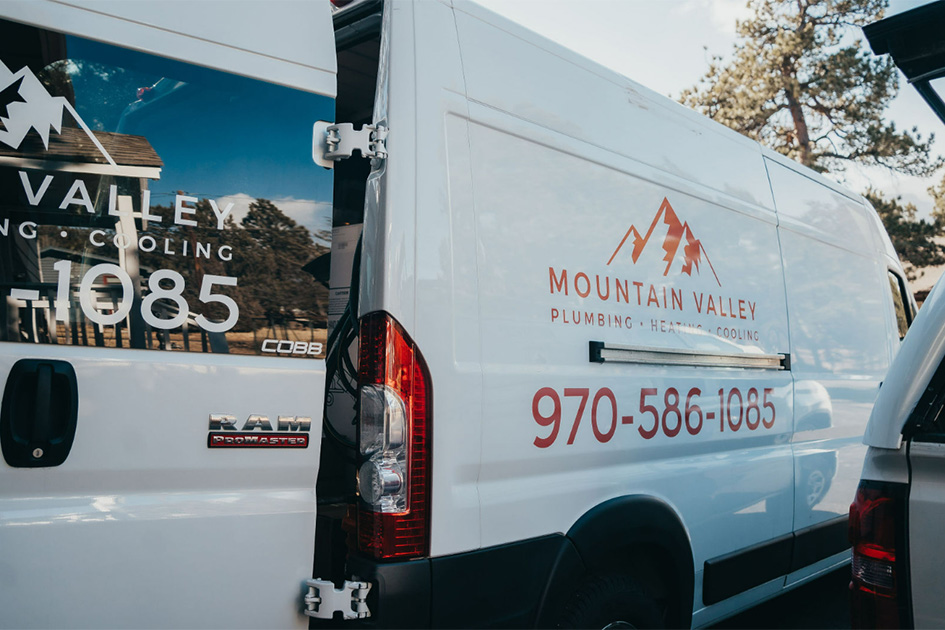Preventing Frozen Pipes and HVAC Breakdowns During Colorado’s Coldest Months
Table of Contents
Preventing frozen pipes requires a blend of preparation and awareness as you safeguard your home’s plumbing system and your peace of mind. In this article, we will explore essential tips to help you fortify your home against winter’s icy grip, ensuring that your plumbing remains operational and stress-free throughout the chilly months ahead. Whether you’re a seasoned homeowner or a new resident, these strategies will equip you to tackle the frigid temperatures without worry.
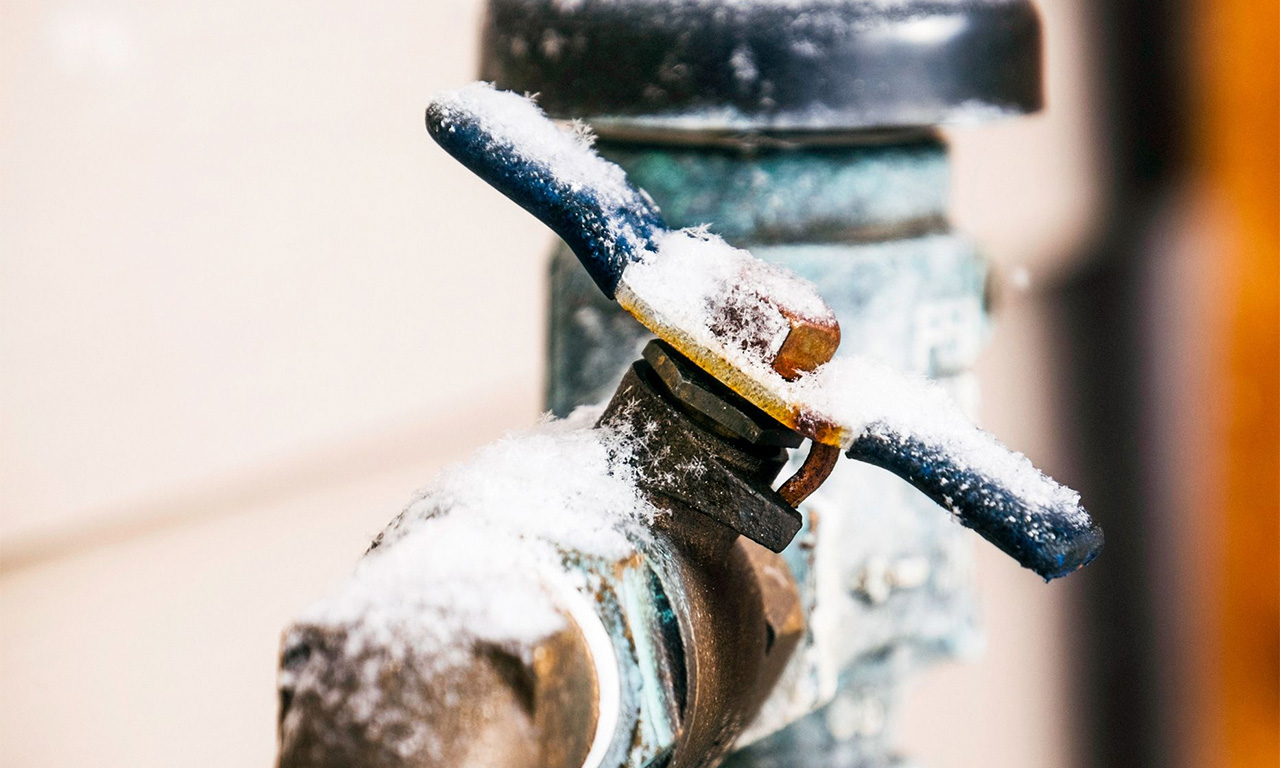
Understanding the Risks of Frozen Pipes in Cold Weather
As winter approaches and temperatures drop, the risk of frozen pipes becomes a pressing concern for homeowners. When the temperature dips below freezing, the water within pipes can freeze and expand, potentially causing the pipes to burst. This leads to costly repairs and can result in significant water damage to your home. Understanding the risks associated with frozen pipes is crucial for homeowners to take timely preventive measures.
Preventing frozen pipes requires a combination of awareness and actionable strategies. One of the most effective approaches is to insulate exposed pipes, especially those in unheated areas like basements, attics, and crawl spaces. Insulation helps maintain a more stable temperature around the pipes, reducing the likelihood of freezing. Additionally, homeowners should ensure that their home is adequately heated during the cold months, even if they plan to be away for an extended period. Setting the thermostat to a consistent temperature can be an adequate safeguard against the frigid conditions outdoors.
Another prudent measure involves allowing faucets to drip during particularly cold spells. This may seem counterintuitive, but moving water through the pipes can prevent freezing. It’s also a good idea to open cabinet doors under sinks to allow warmer air to circulate around plumbing in exterior walls. Taking these steps minimizes the risk of frozen pipes and fosters a proactive approach to home maintenance during the winter months.
Ultimately, awareness and preparation are key to preventing the complications associated with frozen pipes. Homeowners should regularly check the weather forecasts and adjust their strategies accordingly. By being vigilant and implementing preventative measures, you can significantly diminish the risk of frozen pipes and avoid the associated headaches of frozen plumbing systems.
Insulating Your Home’s Plumbing System: Key to Preventing Freezing
As winter approaches, ensuring that your home’s plumbing system is adequately insulated becomes crucial for maintaining a safe and comfortable environment. Cold temperatures can lead to icy conditions that significantly threaten your pipes, causing them to freeze and potentially burst. Preventing frozen pipes is essential not only to avert costly repairs but also to maintain the integrity of your plumbing system throughout the year. Taking proactive measures to insulate your pipes can effectively minimize the risk of freezing and subsequent damage.
One of the first steps in insulating your plumbing system involves identifying vulnerable areas where pipes are exposed to cold air, such as unheated garages, basements, and crawl spaces. Insulating these areas with foam pipe insulation sleeves or insulating tape can greatly reduce heat loss and keep the water flowing freely. Additionally, sealing gaps around windows, doors, and any areas where outdoor air can infiltrate your home will protect your pipes from frigid temperatures. Such preventive measures are particularly important in regions with severe winter weather, where the risk of frozen pipes is significantly heightened.
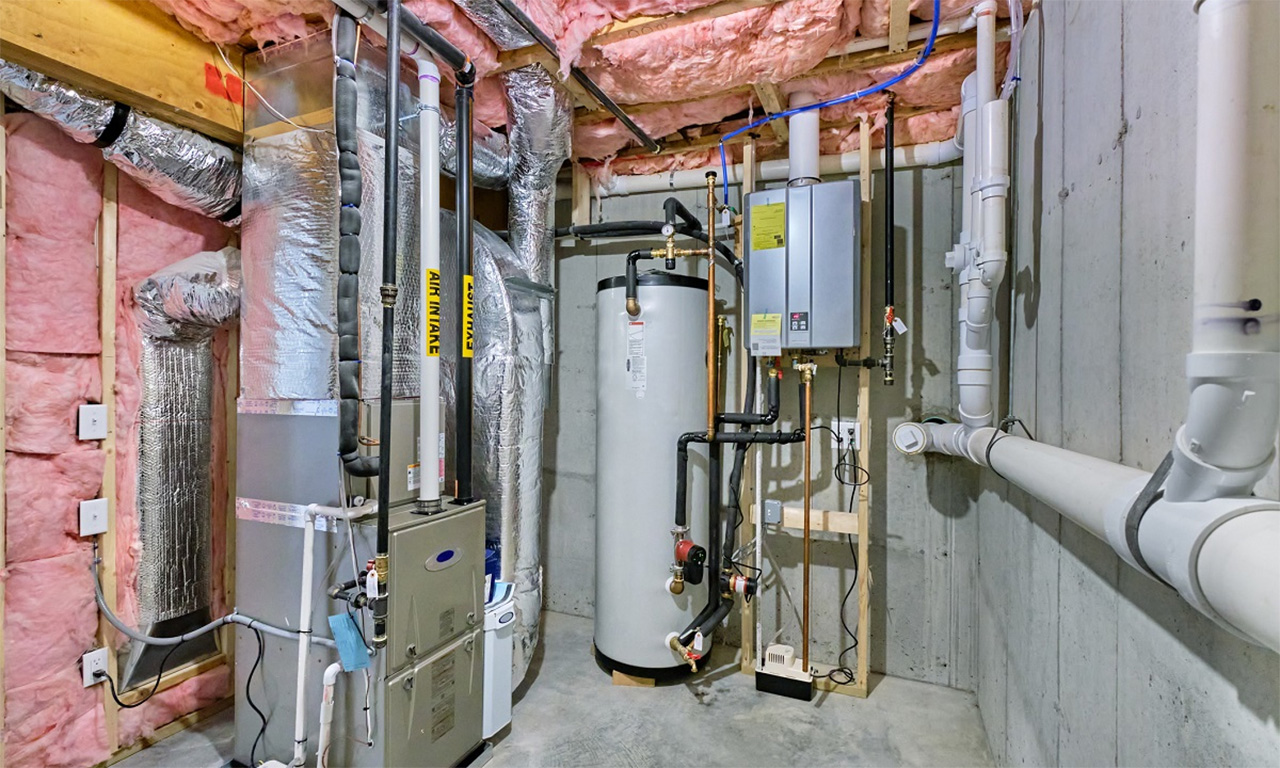
Moreover, during extremely cold spells, homeowners should consider allowing a slow trickle of water to run from faucets connected to exposed pipes. This can help relieve pressure within the system and keep water moving, reducing the chance of freezing. Furthermore, keeping your home heated consistently, even when you are away, can prevent frozen pipes effectively. Maintaining a steady temperature throughout your living space ensures that your plumbing remains safeguarded against winter’s biting cold.
In conclusion, insulating your home’s plumbing system is vital in preventing frozen pipes and protecting your property from the damaging effects of cold weather. You can significantly mitigate the risk of plumbing disasters this winter by taking simple yet effective measures such as pipe insulation, sealing gaps, and maintaining consistent indoor temperatures. Investing a little time and effort into proper insulation will save you from potential headaches later and ensure peace of mind, knowing your home is prepared for whatever the season may bring.
How to Identify Vulnerable Areas for Frozen Pipes in Your Home
As winter approaches and temperatures drop, it’s essential to take preventive measures to protect your home from the risk of frozen pipes. Identifying vulnerable areas in your house is the first step to preventing frozen pipes, which can lead to significant water damage and costly repairs. Start by assessing poorly insulated areas, especially those close to exterior walls or in unheated spaces like basements, attics, and crawl spaces. Pipes in these areas are more susceptible to freezing since they are exposed to the cold air outside. Pay particular attention to any gaps or cracks in walls or foundations that might allow cold air to seep in, as these can significantly increase the risk of pipe freeze.
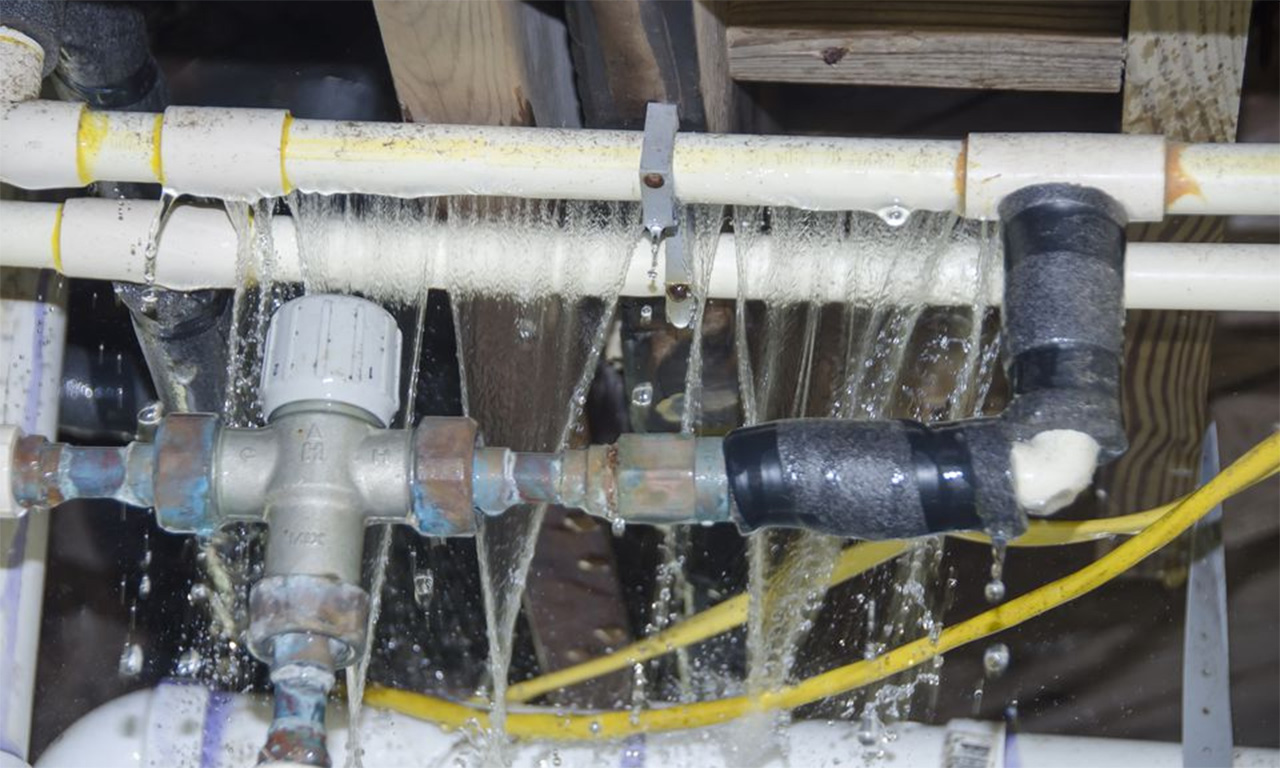
Another critical aspect of identifying vulnerable areas for frozen pipes is checking your home’s temperature consistency. Areas in your home where the temperature fluctuates dramatically are at higher risk. For instance, extensive drafts from windows and doors can lead to localized cooling and could cause pipes to freeze in those areas. Look out for crawl spaces and stairwells that may not receive adequate heating. During cold spells, it is wise to keep all interior doors open to allow the warm air to circulate freely throughout your space and provide consistent temperatures to all areas of your home.
In addition, inspect the plumbing in your garage and any exterior walls that may house pipes. If you store items in your garage that may block heat flow, consider relocating them to maintain a stable temperature around your plumbing. Pipes that run along outside walls versus those housed within your cabinets are also at higher risk of freezing. Insulating these pipes with foam covers or heat tape is a practical solution for preventing frozen pipes. Regular maintenance, such as ensuring your heating system is functioning effectively, will be crucial in maintaining temperatures above freezing for your plumbing.
Lastly, monitoring the forecast carefully during extreme cold snaps is essential. Knowing when colder weather is coming allows you to take proactive steps, such as shutting off outdoor faucets and draining the lines to minimize the risk of pipes bursting. Keeping cabinet doors open under sinks, especially those against exterior walls, can also help allow warm air to reach your plumbing. By being vigilant and addressing these commonly vulnerable areas in your home, you can significantly reduce the likelihood of dealing with frozen pipes this winter. Proper preparation and preventive measures are key to safeguarding your property from the potential disaster of frozen and burst pipes.
Best Practices for Thawing Frozen Pipes Safely
When temperatures dip significantly, homeowners can face the daunting challenge of frozen pipes. It’s essential to be proactive in preventing frozen pipes, as they can lead to costly damage when they burst. One effective strategy is maintaining a consistent temperature throughout your home, especially in areas like basements and attics where pipes are more susceptible. Ensuring that external faucets are properly insulated can also go a long way in safeguarding your plumbing system from extreme cold.
However, if you find yourself in the unfortunate situation of dealing with frozen pipes, it’s crucial to thaw them safely. Start by locating the frozen section of the pipe, typically identifiable by the absence of water flow or a frost-like appearance. Never resort to open flames or extreme heat sources such as propane torches; these methods can compromise the integrity of the pipes, leading to even more significant damage. Instead, use a hair dryer, heat lamp, or warm towels to gradually warm the affected area. Move the heat source back and forth, ensuring an even application and avoiding abrupt temperature changes.
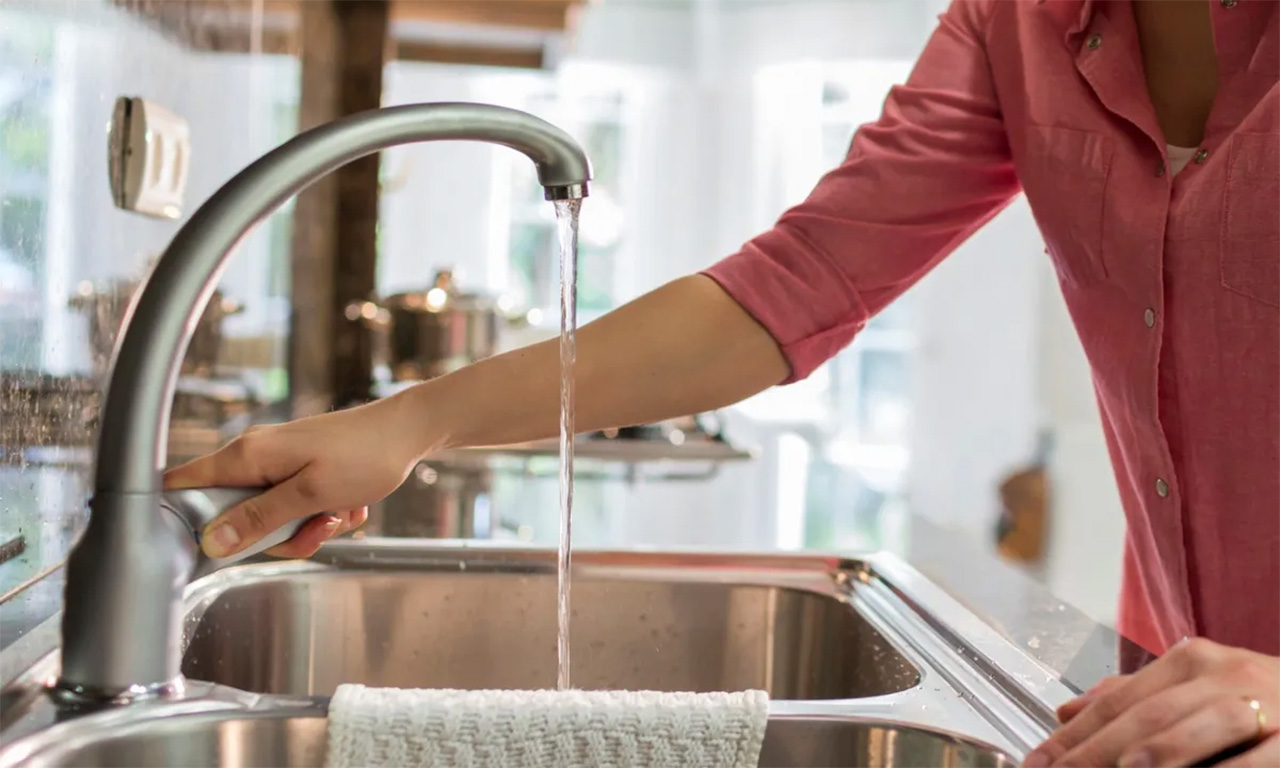
As you work on thawing the pipes, keep the faucets open. Allowing water to flow through helps relieve pressure that can build up when ice melts, reducing the risk of a pipe bursting. If you cannot locate the frozen area or if the pipe remains stubbornly frozen, it’s best to consult a professional plumber. They have specialized tools and experience to handle such situations effectively, ensuring the safety of your home’s plumbing system.
Once you’ve successfully thawed the pipes, take preventive measures to avoid repeat incidents. Insulate pipes in unheated areas and seal any gaps that allow cold air to enter your home. Additionally, letting faucets drip slightly during extreme cold spells can keep water moving and reduce the chances of freezing. By implementing these best practices, you can protect your home from the risks associated with frozen pipes and maintain a more comfortable living environment throughout winter.
Importance of Maintaining a Consistent Temperature in Your Home
Maintaining a consistent temperature in your home is crucial for several reasons, impacting both comfort and the structural integrity of your living space. Fluctuating temperatures can lead to various issues, from discomfort for you and your family to more serious structural problems. A steady temperature not only creates a cozy atmosphere but also ensures that your heating and cooling systems function efficiently, reducing energy bills and extending the lifespan of the equipment. Furthermore, maintaining a consistent climate can help preserve the integrity of your furnishings, flooring, and other materials that can be adversely affected by rapid temperature changes.
One of the most significant concerns with temperature fluctuations, particularly in colder climates, is the risk of freezing pipes. When temperatures drop suddenly, water inside pipes can freeze, expand, and potentially cause the pipes to burst. Frozen pipes can lead to costly repairs and significant water damage to your home. By keeping the thermostat set at a stable temperature, especially during winter months, you effectively mitigate the risk of this problem. Additionally, insulating pipes in unheated areas, like basements and attics, further safeguards against freezing, but nothing is as effective as consistent indoor heating.
Temperature consistency also plays a critical role in promoting overall health and wellness. Extreme temperatures, whether hot or cold, can result in discomfort and can exacerbate respiratory issues or allergies, particularly in sensitive individuals. Maintaining a balanced indoor climate helps to regulate humidity levels, reducing the risk of mold growth and promoting better air quality. A comfortable living environment improves sleep, productivity, and mood, making it vital for holistic well-being.
In summary, maintaining a consistent temperature in your home is essential for comfort, safety, and the longevity of your property and your HVAC systems. Investing in smart thermostats and ensuring proper insulation can effectively prevent issues such as freezing pipes while fostering a healthier living environment. Taking these preventative measures not only safeguards your home but also enhances the overall quality of life for you and your family.
Expert Advice on Preventing Frozen Pipes During Extreme Cold Spells
As winter approaches and temperatures plummet, homeowners must proactively protect their properties from the risk of frozen pipes. Preventing frozen pipes is crucial, as the consequences can be both costly and damaging. To ward off this common winter hazard, it’s essential to understand how cold can affect your plumbing system and implement a few simple strategies to minimize the risk.
One of the most effective measures to prevent frozen pipes is ensuring that your home is adequately insulated. Pay particular attention to areas where pipes are located, especially in unheated spaces like basements, attics, and garages. Use pipe insulation or even old towels to wrap exposed pipes, and seal any drafts around windows and doors that could allow cold air to seep in. Additionally, keeping your thermostat set to a consistent temperature, even when you are away from home, can help maintain a warm environment for your plumbing, reducing the likelihood of freezing.
Another crucial step is to encourage water flow during particularly frigid conditions. Preventing frozen pipes can sometimes be as simple as allowing faucets to drip slightly. This trick keeps water moving through the pipes, which can significantly prevent ice from forming. It’s also wise to open cabinet doors under sinks, especially on exterior walls, to let warmer air circulate around the plumbing. If you have a garage with water supply lines, keeping the garage door closed can also help retain heat.
Finally, if you do notice that your pipes are chilled or unusually cold to the touch, take immediate action. Applying heat with a hairdryer or a space heater (never direct flames) can help thaw them gently. When leaving for an extended period during extreme weather, it can be beneficial to drain your pipes completely by shutting off the water supply and opening all faucets. By staying vigilant and following these expert tips for preventing frozen pipes, you can safeguard your home against harsh winter elements and avoid potential disasters.
DIY Solutions for Preventing Frozen Pipes in Your Home
As winter approaches, the risk of frozen pipes becomes a significant concern for homeowners. Preventing frozen pipes is crucial to avoiding costly damage and extensive repairs. Fortunately, several DIY solutions can help safeguard your plumbing system. Simple measures, such as insulating exposed pipes and maintaining a consistent temperature in your home, can go a long way toward ensuring that your water supply remains uninterrupted during the cold months.
One effective method for preventing frozen pipes is insulating vulnerable areas in your home, particularly in unheated spaces like basements, attics, and crawl spaces. Foam pipe insulation sleeves or heat tape can protect exposed pipes from dropping temperatures. Additionally, adding insulation to your walls can help keep indoor temperatures stable, reducing the risk of pipes freezing as outside temperatures plummet. For pipes running along exterior walls, consider applying reflective insulation, which will help to deflect cold air away from the pipes while retaining warmth.
Another crucial step in preventing frozen pipes is to keep the thermostat set to a consistent temperature, even when you’re not home. If you’re going away during winter, set your thermostat to at least 55°F (about 12°C). Leaving cabinet doors open in the kitchen and bathroom can also help warm air circulate around plumbing fixtures, reducing the likelihood that pipes will freeze. Moreover, allowing faucets to drip slightly during severe cold spells can alleviate pressure in the pipes and keep water flowing, preventing freezing.
Regular maintenance is also essential to prevent frozen pipes. Inspect your home for drafts around windows and doors that might allow cold air to seep in. Sealing gaps and cracks can help maintain a stable environment for your plumbing. Additionally, it’s wise to check pipes for corrosion or any existing leaks, as damaged pipes can be more susceptible to freezing. By taking these proactive steps, you can effectively mitigate the risk of frozen pipes and ensure that your home remains safe and functional throughout the winter months.
The Role of Proper Insulation in Protecting Your Pipes from Freezing
As temperatures drop during the winter months, the risk of pipes freezing increases significantly. Proper insulation plays a crucial role in preventing frozen pipes, which can lead to costly repairs and water damage. Insulating vulnerable pipes, particularly those located in unheated areas such as basements, attics, and crawl spaces, helps maintain a stable temperature and reduces the likelihood of ice formation within the pipes. Understanding the importance of insulation can save homeowners both time and money while safeguarding their properties against the harsh effects of winter.
When water freezes inside a pipe, it expands, putting immense pressure on the pipe walls. This pressure can lead to cracks or ruptures, resulting in leaks that may go unnoticed until they cause extensive damage. Proper insulation acts as a barrier, slowing the rate of heat loss from the pipes. By wrapping pipes with insulating materials, such as foam sleeves or fiberglass, homeowners can significantly decrease the chance of frozen pipes, particularly during extreme cold snaps. Additionally, insulation provides an added layer of protection against temperature fluctuations, ensuring that the water within does not drop to freezing levels.
Preventing frozen pipes is not just about insulating exposed lines; it also involves taking a comprehensive approach to home maintenance. This includes sealing cracks and openings in the home’s exterior to prevent cold air from penetrating and allowing warm air to circulate around vulnerable plumbing. During severe cold spells, leaving faucets dripping can keep water flowing and reduce the risk of freezing. However, these measures will be far less effective without adequate insulation. Investing in quality insulation for your pipes is a proactive step that can avert the disruption and expense associated with frozen and burst pipes.
In conclusion, the role of proper insulation in protecting your pipes from freezing cannot be overstated. It is a simple yet effective solution that enhances the longevity of your plumbing and provides peace of mind during the chilly winter months. By prioritizing insulation and adopting preventive measures, homeowners can significantly mitigate the risks of frozen pipes, ensuring a warm and worry-free winter season.
Investing in Professional Pipe Insulation for Long-Term Prevention
Investing in professional pipe insulation is crucial for homeowners and businesses alike, particularly in areas prone to fluctuating temperatures. One of the most significant risks associated with cold weather is the potential for frozen pipes, which can lead to costly repairs and extensive water damage. By opting for high-quality insulation, property owners can create a thermal barrier that protects pipes from freezing and improves energy efficiency in the building. Insulation helps maintain consistent temperatures, reducing the strain on heating systems and lowering energy bills in the long run.
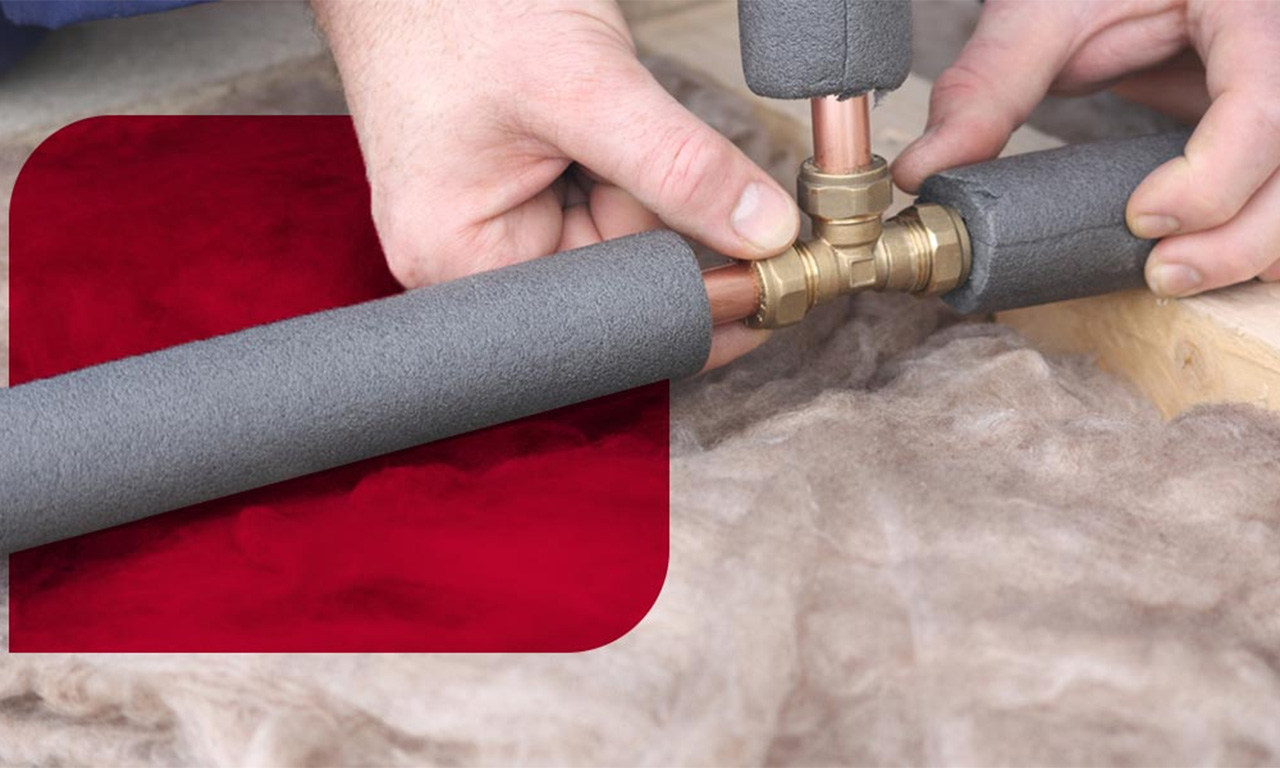
When it comes to preventing frozen pipes, not all insulation materials are created equal. Professional installation ensures that insulation is applied correctly to every vulnerable area, including attics, basements, and crawl spaces. With expertise in assessing the specific needs of a property, professionals can recommend the most effective insulation solutions. This tailored approach significantly enhances the protection of pipes against harsh winter conditions, ensuring they maintain their integrity throughout cold snaps.
Moreover, investing in proper insulation is not just about immediate protection; it’s also a proactive measure that safeguards the structural integrity of a property. Exposure to freezing temperatures can compromise the pipes and the surrounding structure, leading to mold growth and other water-related issues. By preventing these problems, property owners can save substantial amounts on potential repairs and increase the overall value of their property. In essence, effective pipe insulation is an investment in longevity and reliability.
Ultimately, prioritizing professional pipe insulation is a wise choice for those looking to prevent frozen pipes and their associated damages. Not only does it offer peace of mind during the winter months, but it also sets the foundation for a more energy-efficient and resilient property. In an era where the costs of repairs and energy bills continue to rise, this investment can lead to significant savings and a more comfortable living or working environment throughout the year.
Winterizing Your Home: Essential Steps to Avoid Frozen Pipes
As winter approaches, it’s essential to take proactive measures to protect your home from the harsh effects of frigid temperatures. One of the most critical areas to address is your plumbing system, which can be at risk for frozen pipes. Preventing frozen pipes is not only about safeguarding your water supply; it also helps avoid costly repairs resulting from burst pipes that can lead to significant water damage. Therefore, it’s important to take the time to winterize your home properly.
First, pipes should be insulated, especially those in unheated areas such as basements, crawl spaces, and attics. Using pipe insulation sleeves or wrapping them with materials like fiberglass or foam can protect against cold temperatures. Additionally, opening cabinet doors under sinks can help allow warm air to circulate around plumbing, reducing the risk of freezing. If you have faucets that are prone to freezing, consider letting them drip slightly during particularly cold snaps. Moving water is less likely to freeze, which can be a simple yet effective strategy to safeguard your plumbing.
It’s also wise to examine your home’s exterior for potential vulnerabilities. Ensure all vents are properly sealed and close gaps around windows and doors to prevent cold air from seeping in. Disconnect and drain outdoor hoses and shut off water to exterior spigots to prevent trapped water from freezing and expanding within the pipes. By addressing these areas, you can significantly reduce the risk of frozen pipes and the headaches accompanying them.
Finally, if you plan to be away from home for an extended period during winter, take additional precautions by setting your thermostat to a minimum of 55°F. This can help maintain a baseline temperature in your home, reducing the likelihood of pipes freezing. In extreme cases, you may also want to ask a trusted neighbor to check on your home occasionally, particularly during severe cold snaps. By being proactive and attentive to these details, you can effectively prevent frozen pipes and ensure your home remains safe and warm throughout winter.
FAQs: Preventing Frozen Pipes and HVAC Breakdowns During Colorado’s Coldest Months
Why do pipes freeze in cold weather?
Pipes freeze when temperatures drop below 32°F, causing water inside to turn into ice, expand, and increase pressure, which can lead to pipe bursts. Poor insulation and unheated areas increase the risk.
How can I prevent my pipes from freezing?
To prevent frozen pipes, insulate exposed pipes, keep indoor temperatures above 55°F, let faucets drip during extreme cold, and open cabinet doors under sinks to allow warm air circulation.
What should I do if my pipes freeze?
If your pipes freeze, turn off the main water supply, open the affected faucet, and use a hair dryer or heating pad to slowly thaw the pipe. Avoid using open flames, as they can cause damage or fire hazards.
How do I know if my HVAC system is at risk of breaking down in winter?
Signs of potential HVAC failure include inconsistent heating, strange noises, increased energy bills, and short cycling. Regular maintenance can help prevent unexpected breakdowns.
How can I prevent my furnace from failing during extreme cold?
Schedule annual furnace maintenance, replace air filters regularly, keep vents unblocked, and ensure your thermostat is working properly. A professional HVAC inspection before winter can also help detect potential issues.
Is it a good idea to use space heaters to prevent frozen pipes?
Space heaters can be effective for preventing frozen pipes in unheated areas but should be used safely. Keep them away from flammable materials, never leave them unattended, and ensure they have auto shut-off features.
How can I keep my outdoor HVAC unit from freezing?
Cover the unit with an HVAC-approved cover when not in use, clear snow and ice buildup, and ensure proper drainage to prevent ice formation.
Can a smart thermostat help prevent HVAC breakdowns?
Yes, a smart thermostat can optimize heating efficiency, detect temperature drops, and alert you to potential HVAC issues before they become major problems.
What should I do if my furnace stops working in freezing temperatures?
Check the thermostat, replace the filter, and ensure the circuit breaker hasn’t tripped. If the issue persists, call an HVAC professional immediately to prevent further damage and maintain home safety.
Should I leave my heat on if I’m away during winter?
Yes, set your thermostat to at least 55°F to keep pipes from freezing and prevent costly repairs. Smart thermostats allow remote monitoring and adjustments while you’re away.






